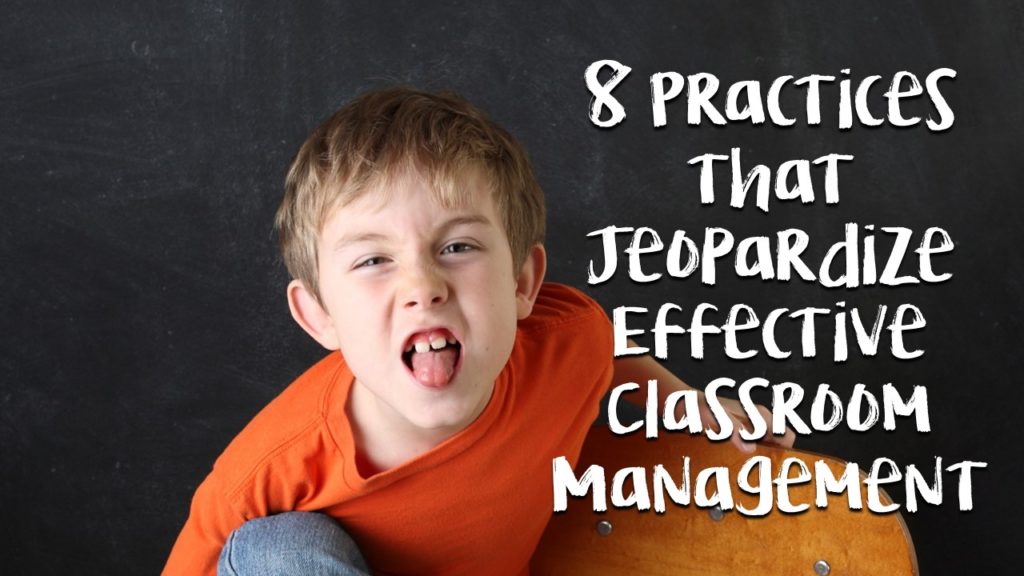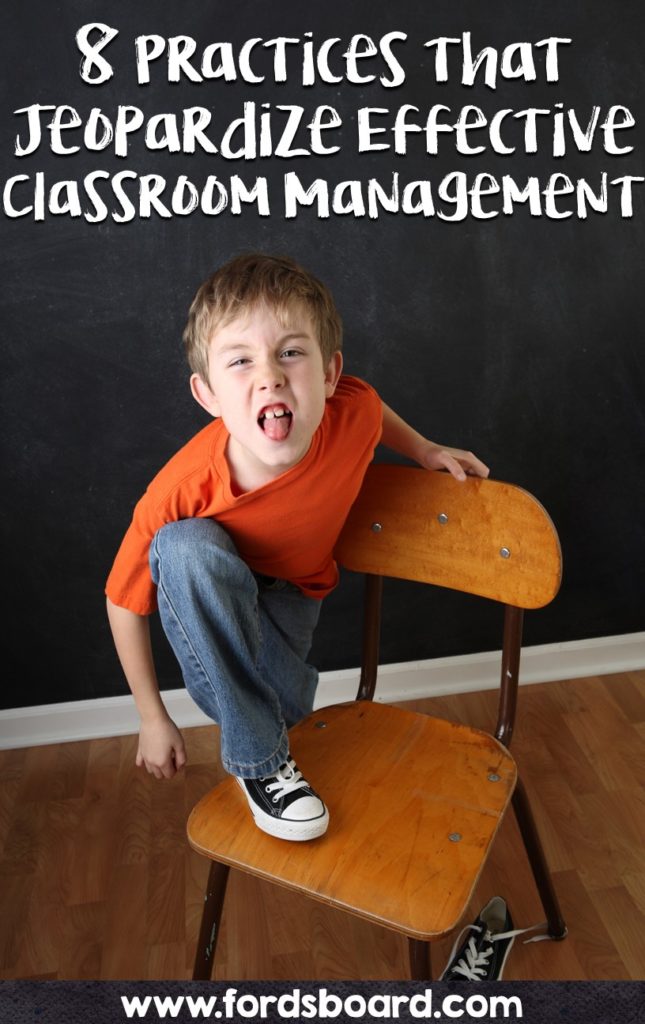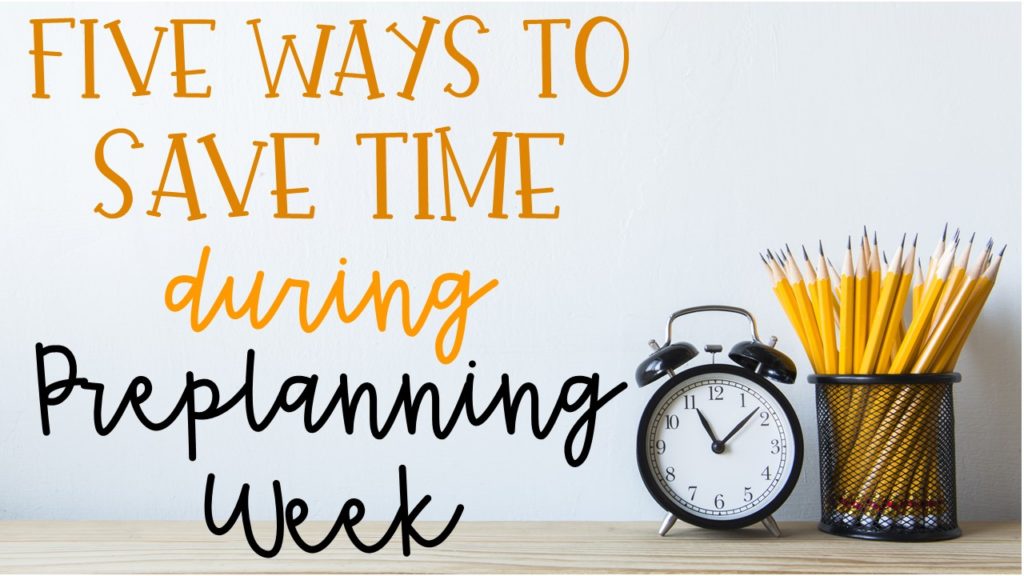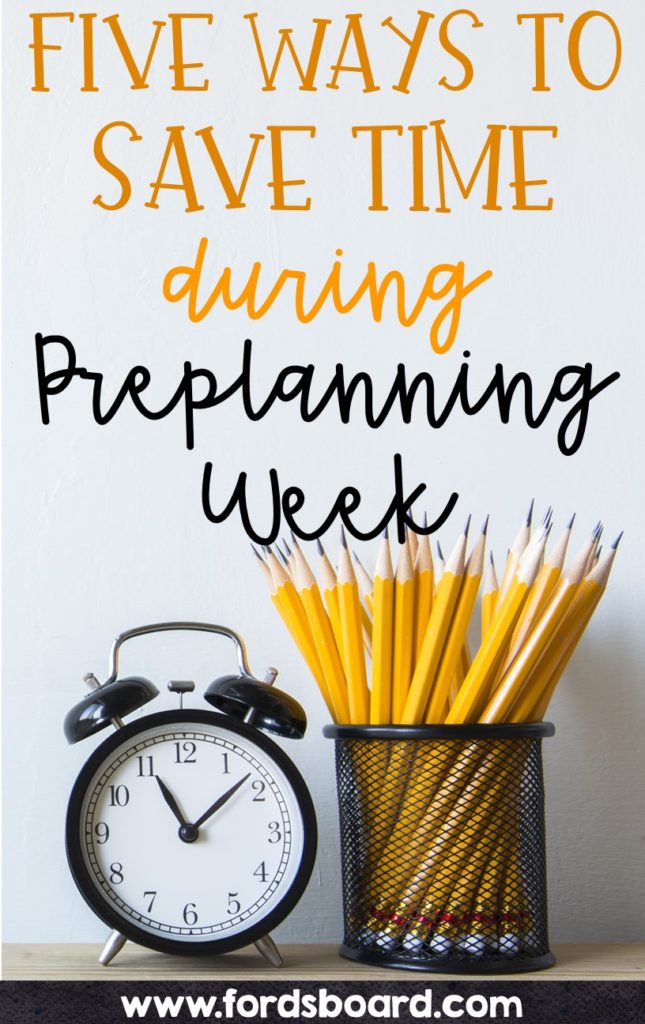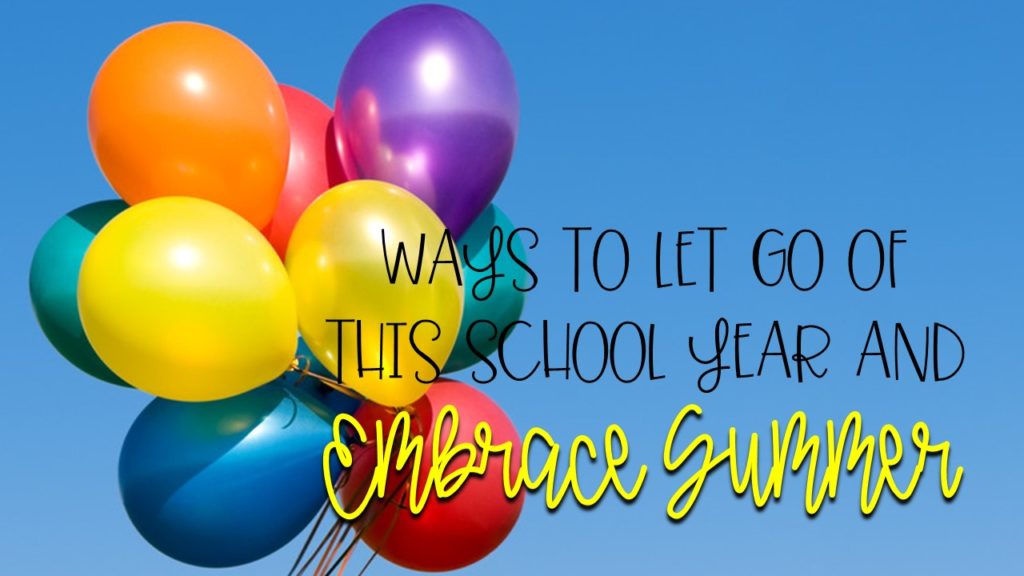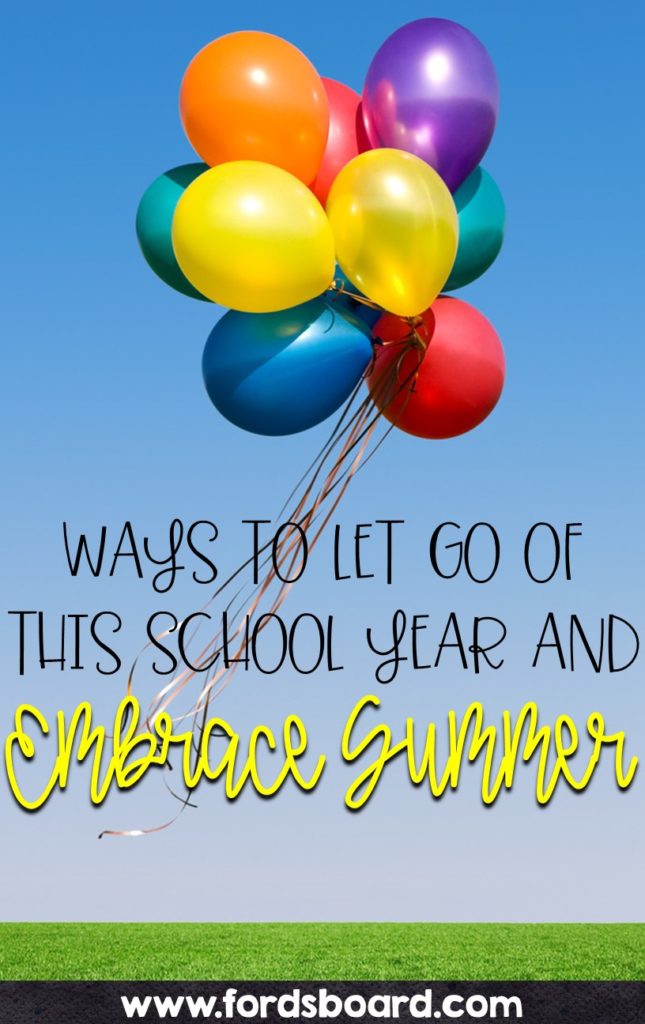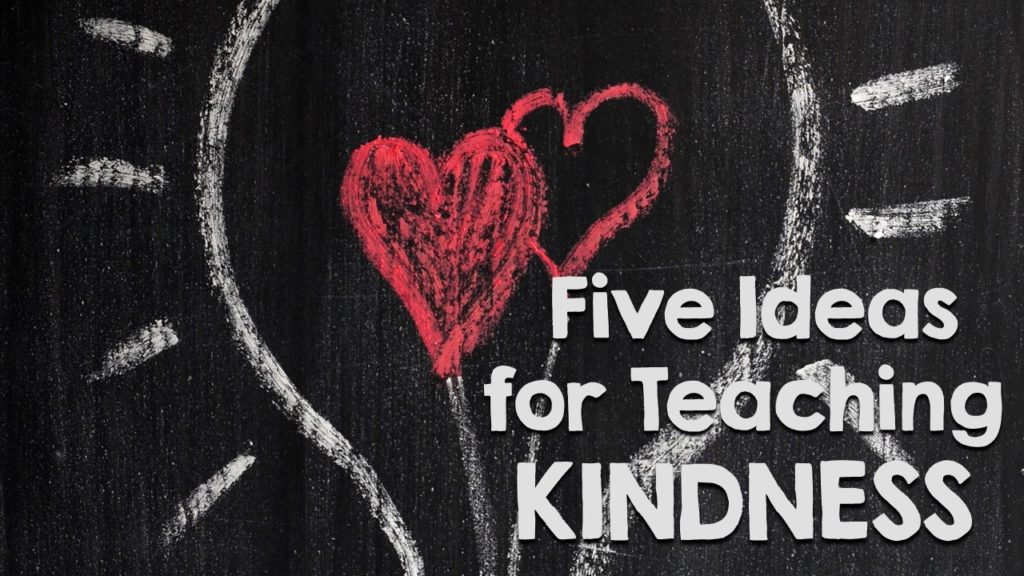
Encouraging a community of kindness can help build meaningful relationships among students and create an atmosphere where empathy and understanding are the norm. Teachers have a limited, but vital role in teaching kindness to students. Of course, most of what students learn about kindness will be influenced by what they experience at home. However, by focusing on classroom culture, teachers help students achieve success in all areas of their social and academic life. Here are five ideas for teaching kindness in the classroom:
Be Kind. It seems lots of people confuse nice and kind. For me, being nice is choosing to please. Being kind is choosing to care about others. Students pay attention to how everyone in a classroom community is treated. They notice when teachers are respectful and kind to the cafeteria staff or to a student who is having a bad day. This doesn’t mean that teachers need to go around trying to make sure everyone is happy. That’s not realistic. It does mean, however, that it is important to show compassion and empathy in every situation.

Teach Kindness Sentence Stems. A few sentence stems are: “I appreciate when you…”, “I am really impressed by the way you”, A great idea you had was”. Encourage students to memorize and learn these stems and practice using them regularly in class and at home. During class meetings, incorporate the use of stems to encourage conversations that are kind and supportive.
Focus on Intrinsic Rewards. When fostering a kind classroom community, keep the focus on how it feels to be kind and to be treated kindly. Recognition and tangible rewards often send a confusing message to students about the importance of kindness.
Encourage Positive Self Talk. In our effort to teach students to be kind, teachers often forget to remind students that kindness starts from within. One way to help students express kindness to themselves is to encourage them to use positive self talk. These Positive Self Talk Coloring Pages are great for students to color, then place in their notebooks or hang in their rooms as a visual reminder.
Talk It Out. Discuss situations, possibilities, feelings, concerns, the world. A fun way to encourage discussions related to kindness is to incorporate activities like Would You Rather – Kindness Edition into a center or class meeting.
